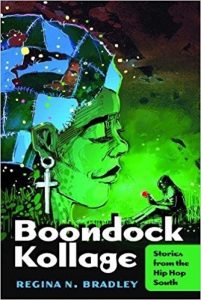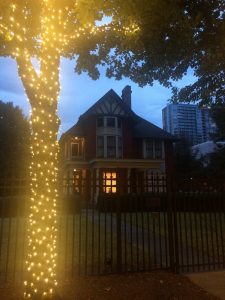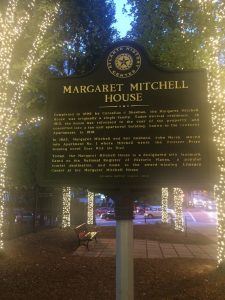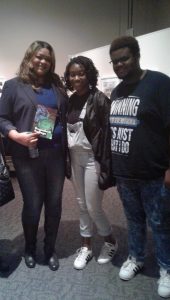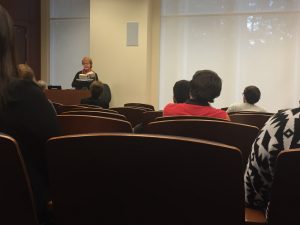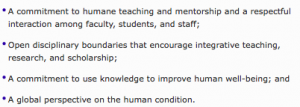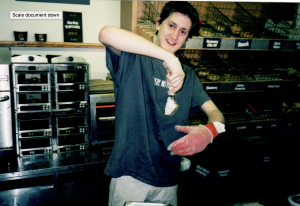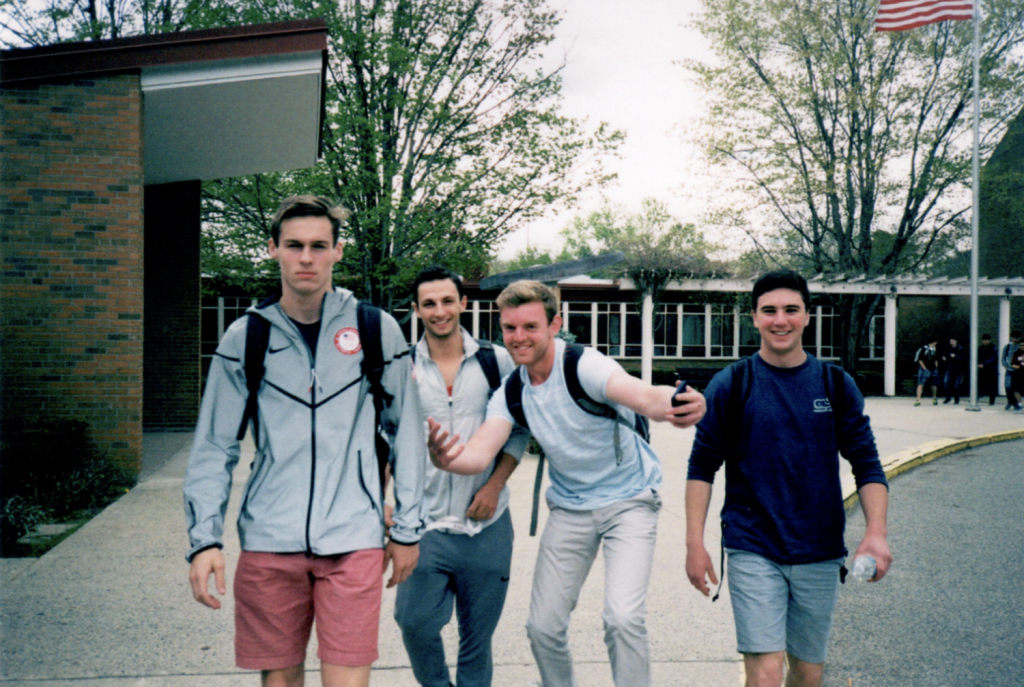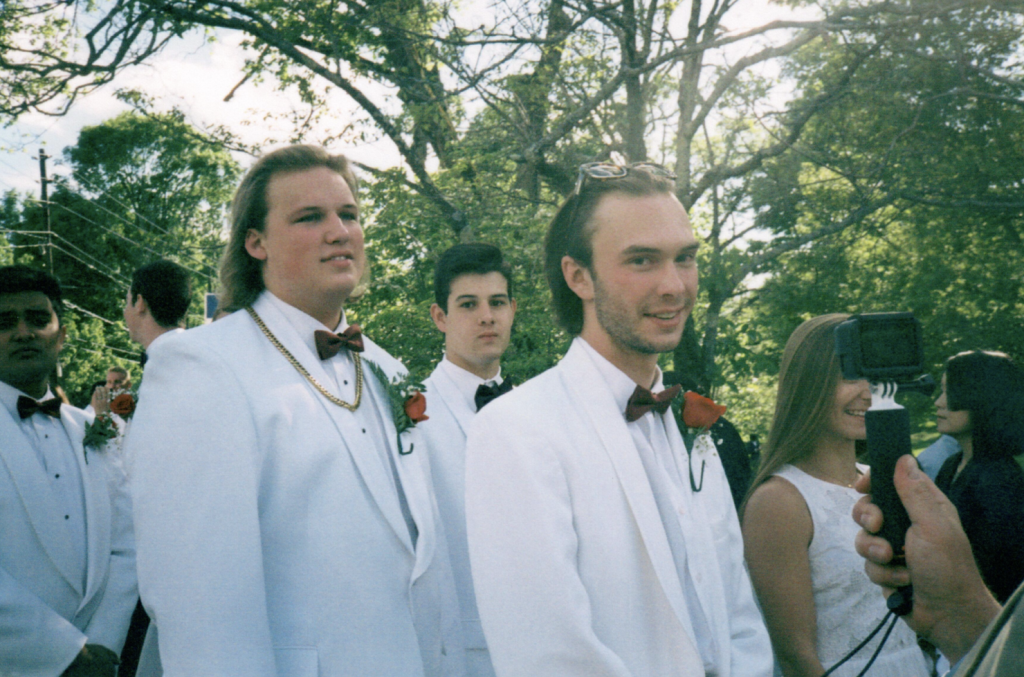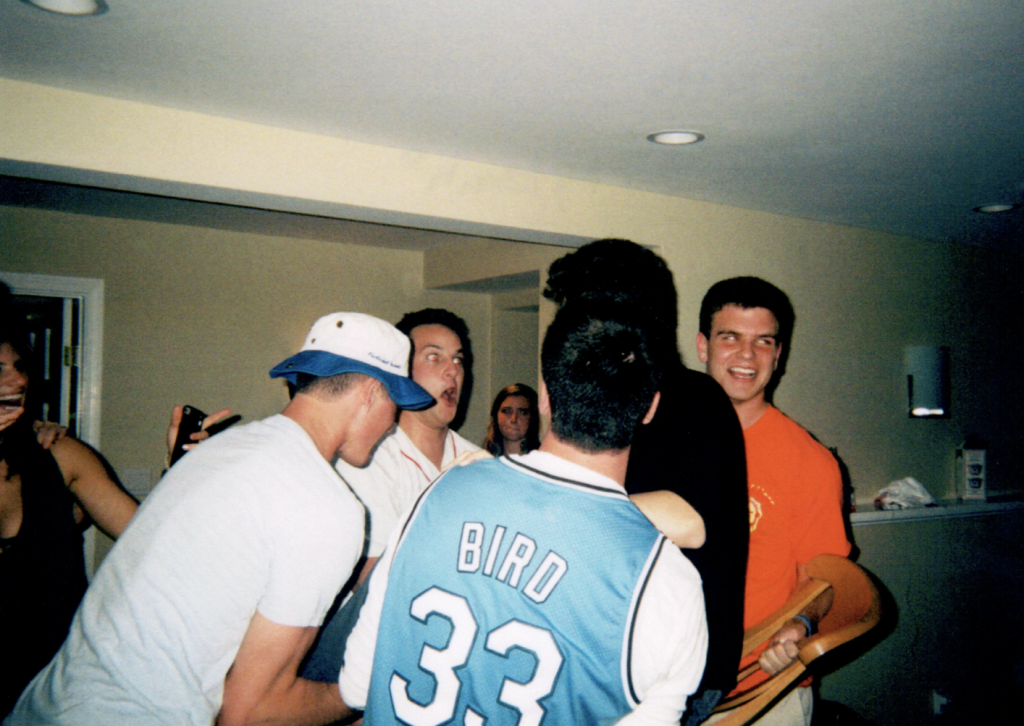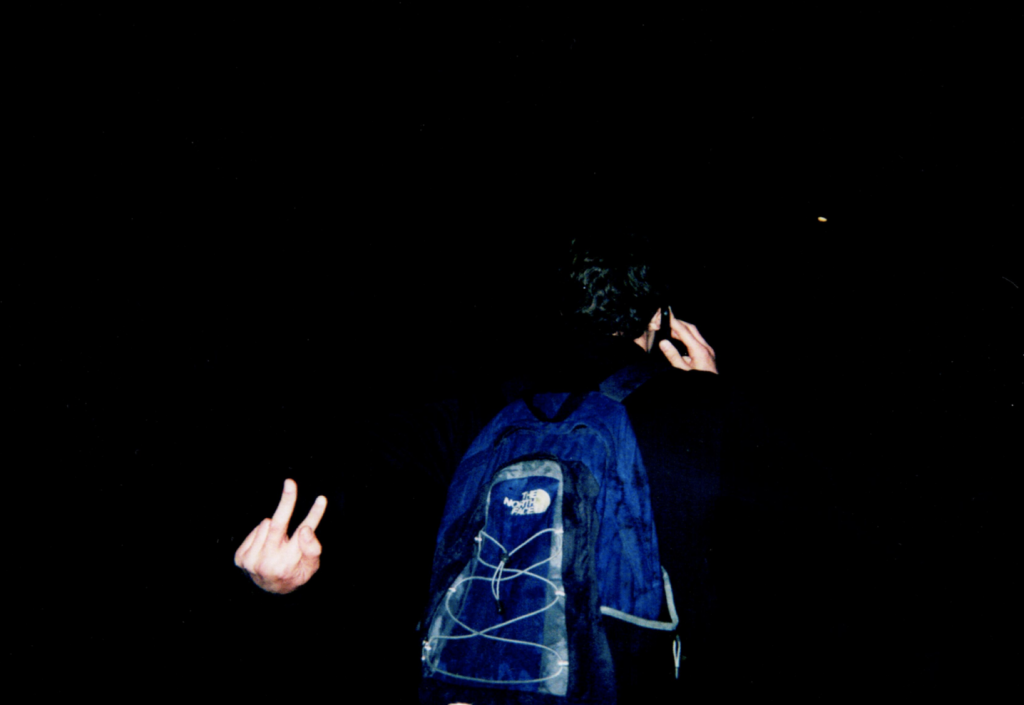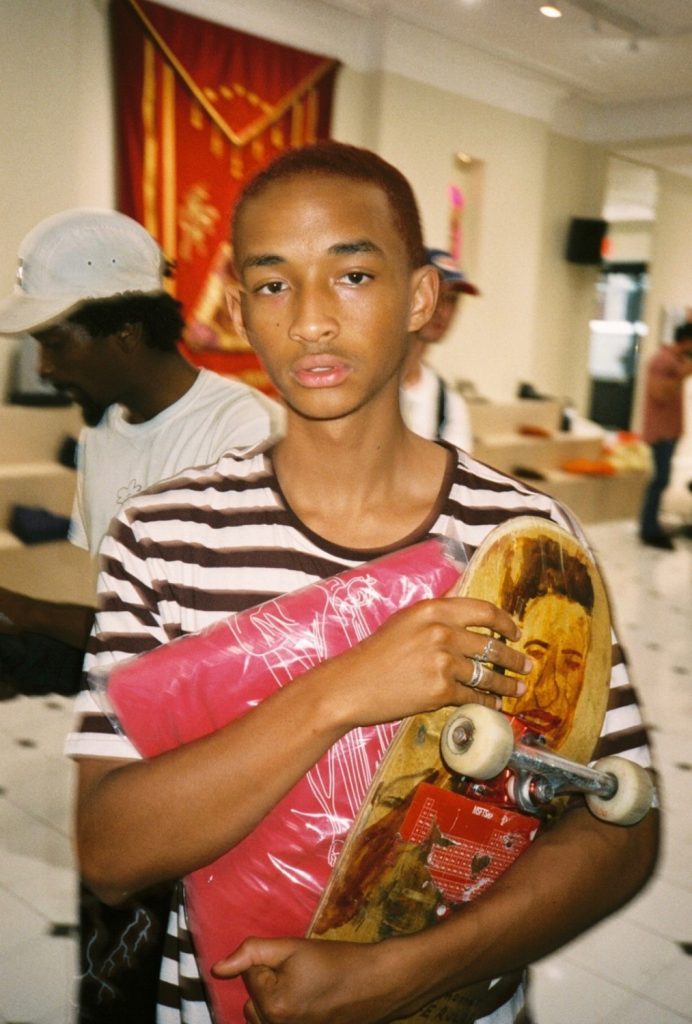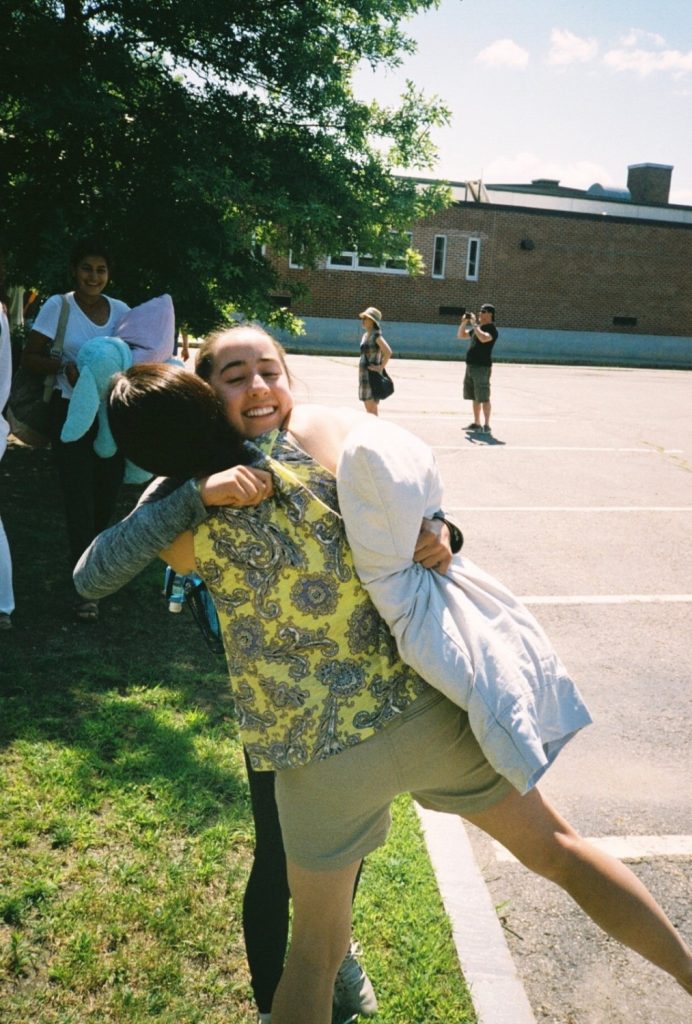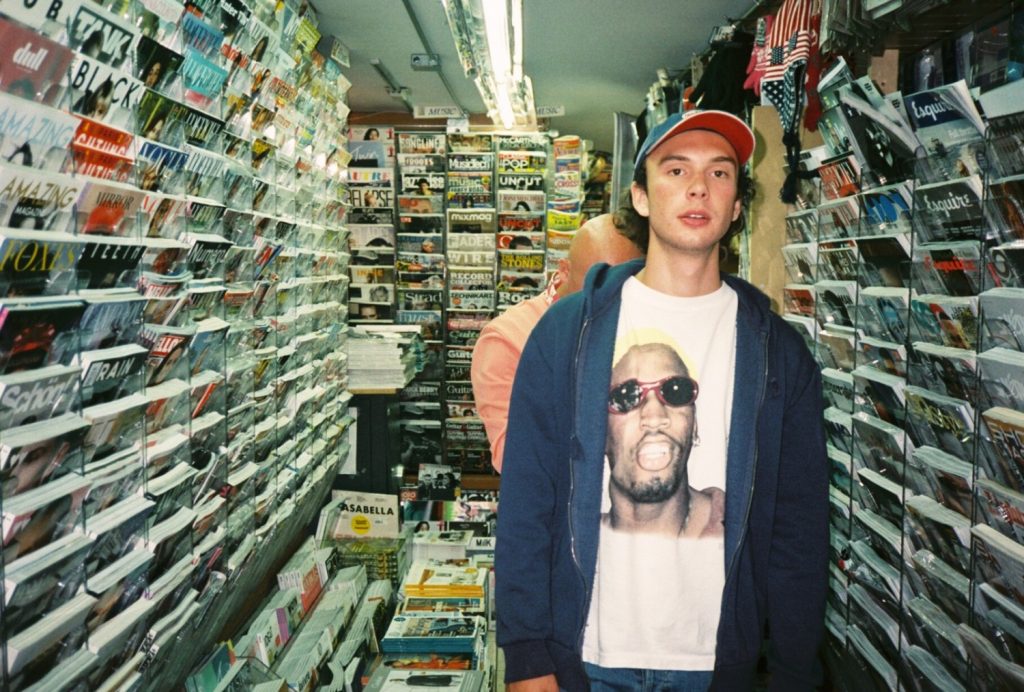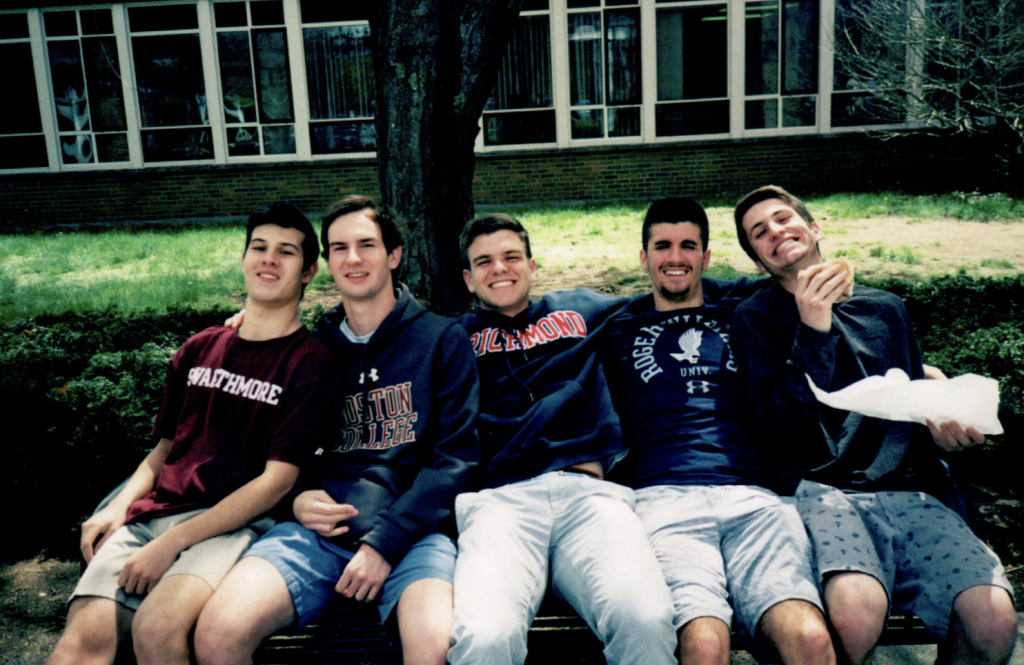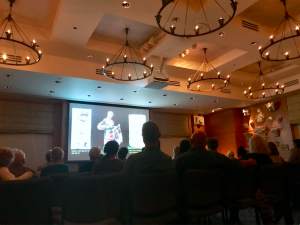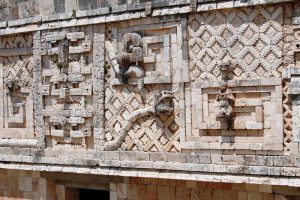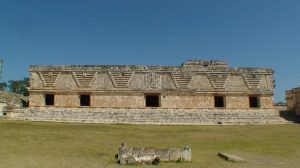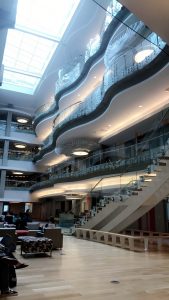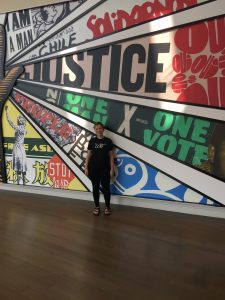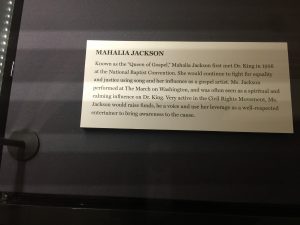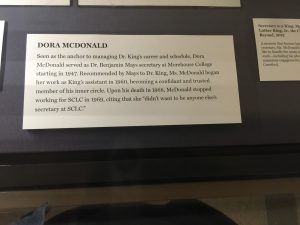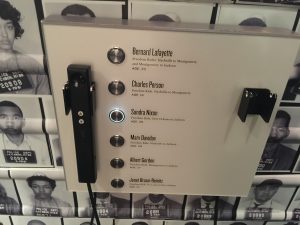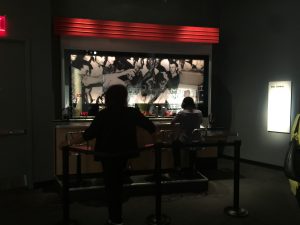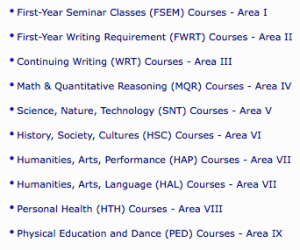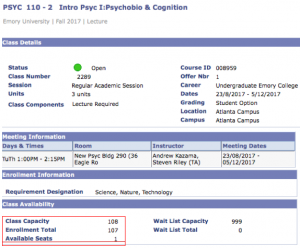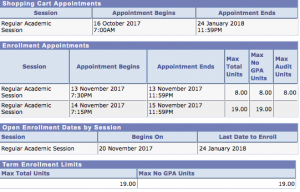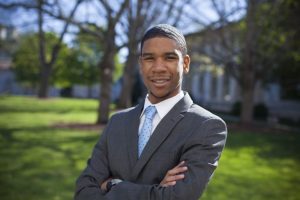I believe in the power of a smile. A smile can be a subtle twitch of the jaw muscles or a large grin with both rows of teeth showing much like every one of my childhood pictures when I didn’t even want to take a picture and had been crying just 30 seconds ago. Smiling is like the Ebola Virus, It’s contagious.
That’s why one of my goals every day is to smile, whether to myself or to someone else or even a complete stranger, If I can in any way brighten someone’s day by making them laugh or smile, well then that’s exactly what I’ll do. Although I have to note, smiling at complete strangers sometimes brings undesirable results such as their boyfriend trying to fight you.
Anyways, to sum it all up I believe in making people smile or laugh. Putting a smile on the face of someone who had been and gloomy beforehand is really what I live for. And if I make someone they laugh, that’s even better because it’s nice little confidence booster when someone laughs at my “Why did the chicken cross the road” jokes. It’s sort of like the feeling you get when you get away with shoplifting or that feeling of danger and adrenaline that you get when you miss a step on the stairs. Knowing I brought happiness and joy, even if it was just for a couple of seconds, into anyone’s life really, makes me feel good.
It may not seem like a big deal, but since I could remember I always came home with certificates that state on them, “best friend to everyone”, “easiest to get along with”, “funniest person” or even in some cases more aggressive cases where my parents weren’t happy “class clown”, “Absolute degenerate that never stops talking and keeps making his classmates around him laugh” you know, all that good compliment stuff. But really, all I cared about is that me, as well as the people around me, were having fun, no matter where we were.
In fact, one of my most noteworthy achievements is based on the power of a smile:
A landslide carrying 1 million cubic meters of land, mud and trees. A huge flood. People missing, 20 confirmed deaths, homes destroyed, wild animals roaming the streets of the capital. That was the scene that I arrived to only a day after getting back to my home country Georgia on June 13th, 2015.
It was a brutal scene and the costs were very high. The government couldn’t take control of the situation by itself, so getting the city back on its feet was all up to the volunteers.
Seeing people coming up from the steps of the zoo that day, I could see tens of small children crying and begging their parents to do something about what had happened but, obviously, they couldn’t just go and catch the lion that had run away from its non-existent cage.
I gathered my friends the very next day and headed down to the zoo. It was gone. The landslide had completely scratched the zoo off of earth’s surface. A place of joy was now one of sadness. It was up to us, the volunteers, to rebuild the zoo. The first day we spent looking for possible survivors under debris, the second day it was time to grab a shovel and start digging. On day 5, 10 minutes into the work I heard there was a black jaguar on the loose on a street very near to us, we obviously went after to chase it, but by the time we got there, it had already mauled 5 people and had been put down. My friends and I cleared out an unbelievable amount of earth. By day 7, the debris was almost all gone.
On day 10, I asked the workers at the zoo if my friends and I could help rebuild the historic site, in terms of the cages and all. They accepted the offer as they needed all the help they could get. As they gave us the necessary tools, we went at it. I spent the whole summer volunteering at the zoo. I remember finishing enclosure after enclosure. Still, it was a sad sight, it looked abandoned with no one to inhabit the newly built compounds. I remember thinking that It would’ve been fun to have human gladiator fights in the cages instead, have a little throwback to the golden age of Rome. But the Zoo keeper laughingly brushed my comment off, not knowing I was dead serious.
However, a year after, along with other activists who helped get the zoo back on its feet, I was invited by the administration to celebrate the reopening of the zoo. A place that was silenced by destruction was now filled with laughter. I couldn’t have been more proud as I felt like I’d really made an impact. As I said to me, seeing someone happy with a wide smile on their face is priceless, that’s why I felt that rebuilding that zoo was one of the most noteworthy things I’ve done. Not only had I had an actual difference, but I saw and heard the smiles and laughter of the zoo staff that welcomed me back as well as the dozens of children around me, happy to see the deadly mongoose back in its cage.

